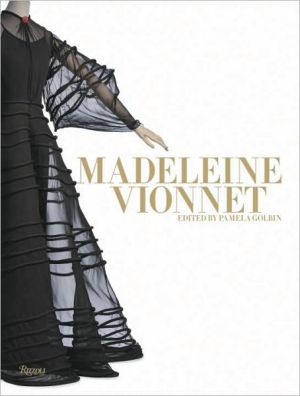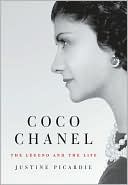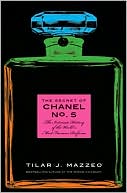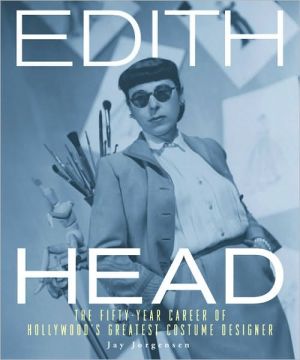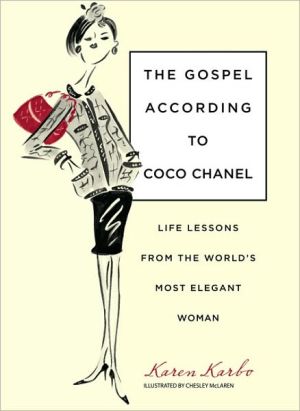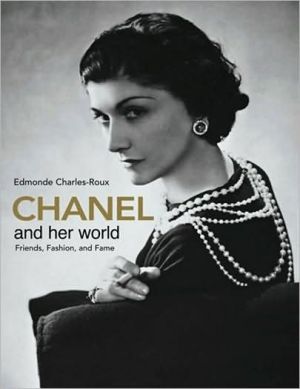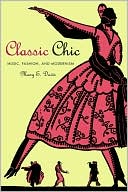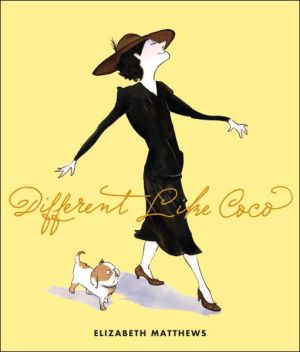Madeleine Vionnet
Famous for the "bias cut," Madeleine Vionnet’s sophisticated approach to couture remains a pervasive influence today. Eschewing artificial and restrictive padding and stiffening, she liberated the female form with designs that integrated movement and comfort into women’s fashion. She also championed unusual fabrics that were luxurious and sensual yet simple and modern—chiffon, silk, crêpe de chine, gabardine, and satin. Her most revolutionary creations—the handkerchief dress, cowl neck, and...
Search in google:
Famous for the "bias cut," Madeleine Vionnet’s sophisticated approach to couture remains a pervasive influence today. Eschewing artificial and restrictive padding and stiffening, she liberated the female form with designs that integrated movement and comfort into women’s fashion. She also championed unusual fabrics that were luxurious and sensual yet simple and modern—chiffon, silk, crêpe de chine, gabardine, and satin. Her most revolutionary creations—the handkerchief dress, cowl neck, and halter top—cling to and seamlessly move with the wearer. Vionnet’s principles of elegance, movement, architectural form, and timeless style continue to inform contemporary fashion. This lavishly illustrated book showcases Vionnet’s daringly original designs worn by 80 internationally famous models photographed especially for this book alongside original patterns and archival images by such icons as Horst and Steichen. Library Journal Accompanying the first major exhibition on early 20th-century Parisian couturiere Madeleine Vionnet, this catalog contains an imaginary interview with Vionnet, written by Golbin (curator, Museé des Arts Décoratifs, Paris; Valentino: Themes and Variations), that outlines the couturiere's working methods and preferences. In another excellent essay, Golbin emphasizes the chief characteristics of Vionnet's dress designs, including their geometric cuts as well as the draping and bias cut that accentuated the femininity of a woman's body. As opposed to Paul Poiret, known for his Orientalist designs, and Coco Chanel, who adopted simple menswear cuts, Vionnet stands as a purist in relation to fashion, with plastic dress forms that drape the body as a second skin. Featuring many beautiful photographs of models wearing Vionnet's designs taken by Patrick Gries for this book, plus black-and-white archival photos, the book also includes a chronology and primary-source documents by people who knew the designer. VERDICT Recommended to readers who are interested in the history of couture fashion.—Sandra Rothenberg, Framingham State Coll. Lib., MA
\ Library JournalAccompanying the first major exhibition on early 20th-century Parisian couturiere Madeleine Vionnet, this catalog contains an imaginary interview with Vionnet, written by Golbin (curator, Museé des Arts Décoratifs, Paris; Valentino: Themes and Variations), that outlines the couturiere's working methods and preferences. In another excellent essay, Golbin emphasizes the chief characteristics of Vionnet's dress designs, including their geometric cuts as well as the draping and bias cut that accentuated the femininity of a woman's body. As opposed to Paul Poiret, known for his Orientalist designs, and Coco Chanel, who adopted simple menswear cuts, Vionnet stands as a purist in relation to fashion, with plastic dress forms that drape the body as a second skin. Featuring many beautiful photographs of models wearing Vionnet's designs taken by Patrick Gries for this book, plus black-and-white archival photos, the book also includes a chronology and primary-source documents by people who knew the designer. VERDICT Recommended to readers who are interested in the history of couture fashion.—Sandra Rothenberg, Framingham State Coll. Lib., MA\ \
